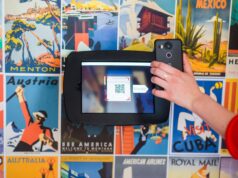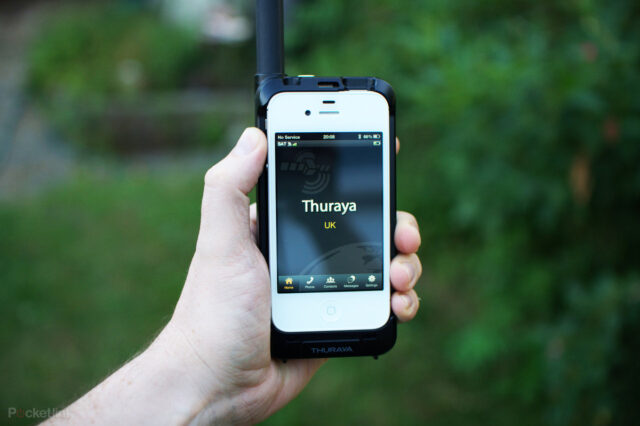
No device has experienced such a wide and fast application and usage as a mobile phone – cell phone. Its actual sociological impact on society is still insufficiently researched. Mobile phone adaptation among young people has been a global phenomenon in recent years. Today, that device is an integral part of everyday life especially of the youth population, and is changing into the main form of electronic communications. Mobile phones themselves are not a new phenomenon, but the technology that made them a global phenomenon is completely new. The so-called first generation of mobile phones, which used analog technology, did a pioneering job by pointing out the possibility of merging communication and mobility. Digital technology has produced a second generation of phones, which are faster, less awkward, and more practical. Prices have continued to fall, and the possibility of reception has spread to unimaginable distances.
With their many applications, smartphones make our daily lives easier – there are applications that count our steps, remind us to drink water, applications that we use to pay our bills, and many others. But, if we had to single out one of the most useful things that a smartphone gives us, it is certainly navigation. Just remember how people used to have to carry a map with them wherever they went. Today it is a thing of the past because a mobile device will take us exactly where we want. This helps travelers lot who like to explore new landscapes. But what to do if the signal coverage is weak, we have lost our orientation and we do not know how to return? In such cases, a satellite phone is a necessity.
What is a satellite phone?

Mobile telephony for communication and data transmission is dependent on antennas on the ground. A subset of mobile telephony is satellite, which in turn uses satellites to communicate and data transmission. Today, mobile telephony is very widespread, numbering more than 4.1 billion users. Satellite is used in remote areas without antenna coverage telephony. This phone works anywhere in the world, there is no roaming and communication takes place via satellite. Satellite phones have better signal coverage, so you can use them freely all over the world, without the cost of roaming.
If you are a fan of extreme tourism, a satellite phone would come in handy. Even if you happen to lose the signal for a short time, all you have to do is wait a few minutes in the same place and the signal will return soon, as the satellites are constantly orbiting the earth at high speed.
They are also characterized by great durability, ie resistance to shocks, dust, and water, which makes it the perfect gadget for exciting adventures, those when things are crammed into your backpack without any special order.
It is also very practical to use because you will not have to pull out the antenna to use GPS and send SMS messages. Yes, the phone is bigger compared to today’s models, but that’s why you have non-stop coverage and you don’t have roaming wherever you are.
What are the best satellite phones?
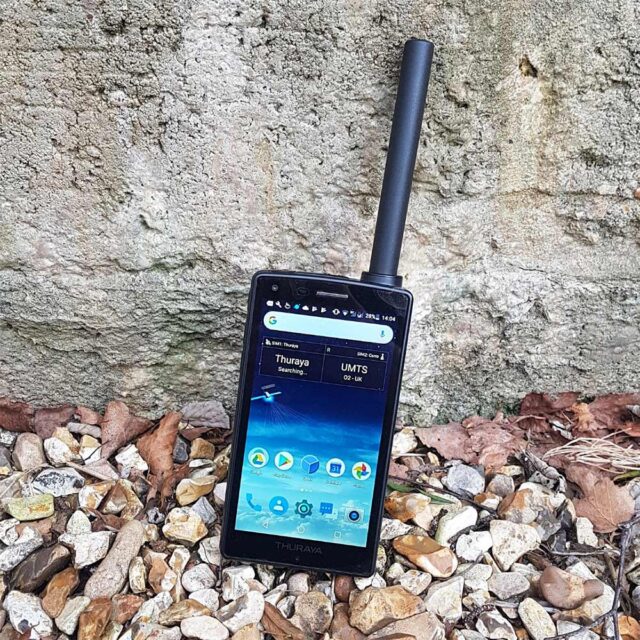
As in any other industry, here we have some manufacturers who have stood out for their quality. People most often opt for Iridium and Inmarsat satellite phones which are produced in several models. Of course, even with these phones, there may be some interference although in principle they offer global coverage that includes both the North and South Poles. The main difference between Iridium and Inmarsat is that Iridium has satellites in low and Inmarsat in high Earth orbit. All phones that have low-Earth orbiters are prone to occasional signal loss in mountains and forests, while those with high Earth orbits make calls more reliable. Click here to learn more about the best satellite phones.
How much does a satellite phone cost?
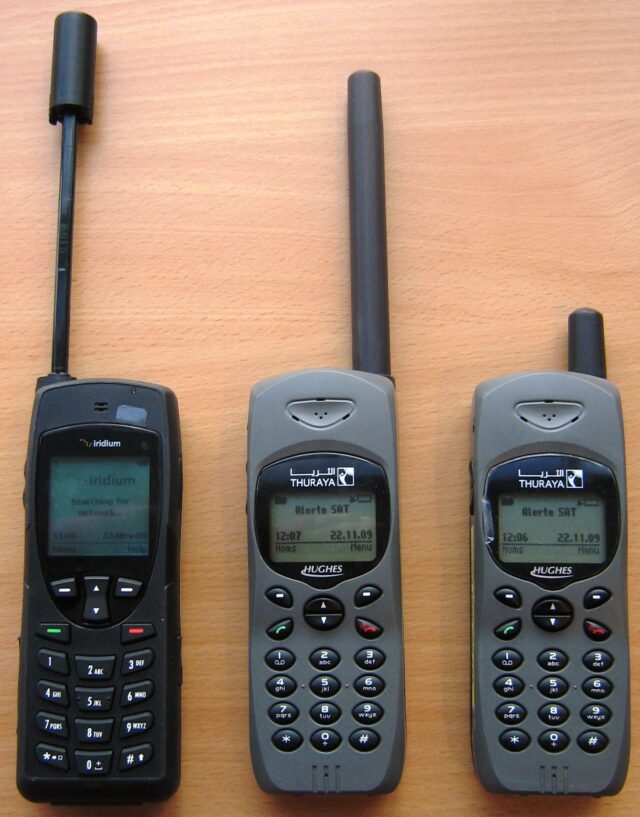
Each of the satellite companies produces its own satellite phones and only with them, it is possible to get in touch with the satellites of the given satellite network. The price of a satellite phone ranges between 500 and 1000 euros. However, that is not all. If you want to use a satellite phone, you also have to pay for the appropriate package of services, which can be very expensive (from 100 to 5,000 euros).
However, there are emergency packages, ie. subscriptions in which you do not get minutes, and cost about 300 euros per year. This is literally a subscription without any services and amenities, and each call costs you around 5 euros per minute.
Can I use a satellite phone in all countries of the world?
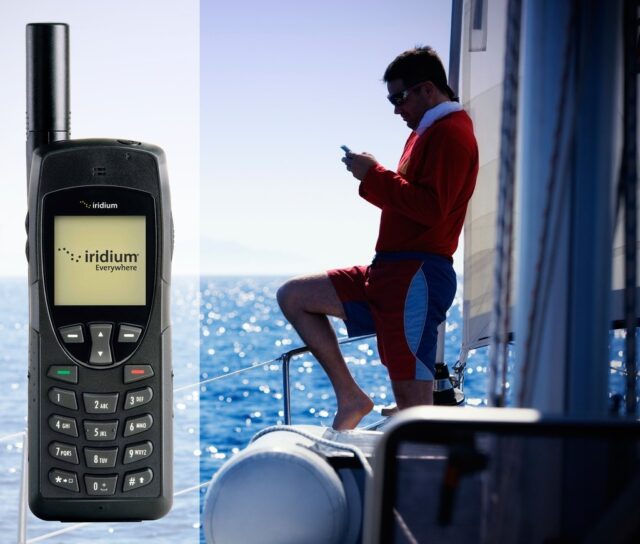
Generally, yes, if we are talking about signal coverage. But some countries are quite strict about the use of satellite phones in their territory, so it is important to pay attention to the regulations regarding the use and carrying. For example, if you travel to Burma, a country that has been under a military regime for a long time, you must consult with their embassy, while in Chad and China, this equipment is seen as a threat. Cuba has banned the use of not only satellite phones and related technology, but also most electronic devices. To bring this device into the country, you will need a permit from the Cuban Ministry of Information and Communication. In India, you will only be able to use phones that use the Inmarsat network, but with the prior approval of the Telecommunications Department. When we talk about Libya, Nigeria, and North Korea, the use of these phones is completely illegal, while in Russia you will be able to use them only with certain permission and registration of your SIM card.
Final thoughts
Buying a satellite phone is a smart investment if you are addicted to adventure and exploring inaccessible and secluded places where mobile signal coverage is poor. When choosing a device, pay attention to its specifications, such as battery life. Some batteries may last for 30 hours, and there are those for which the battery lasts up to 100 hours. Think about your needs and embark on an adventure equipped and secured.






